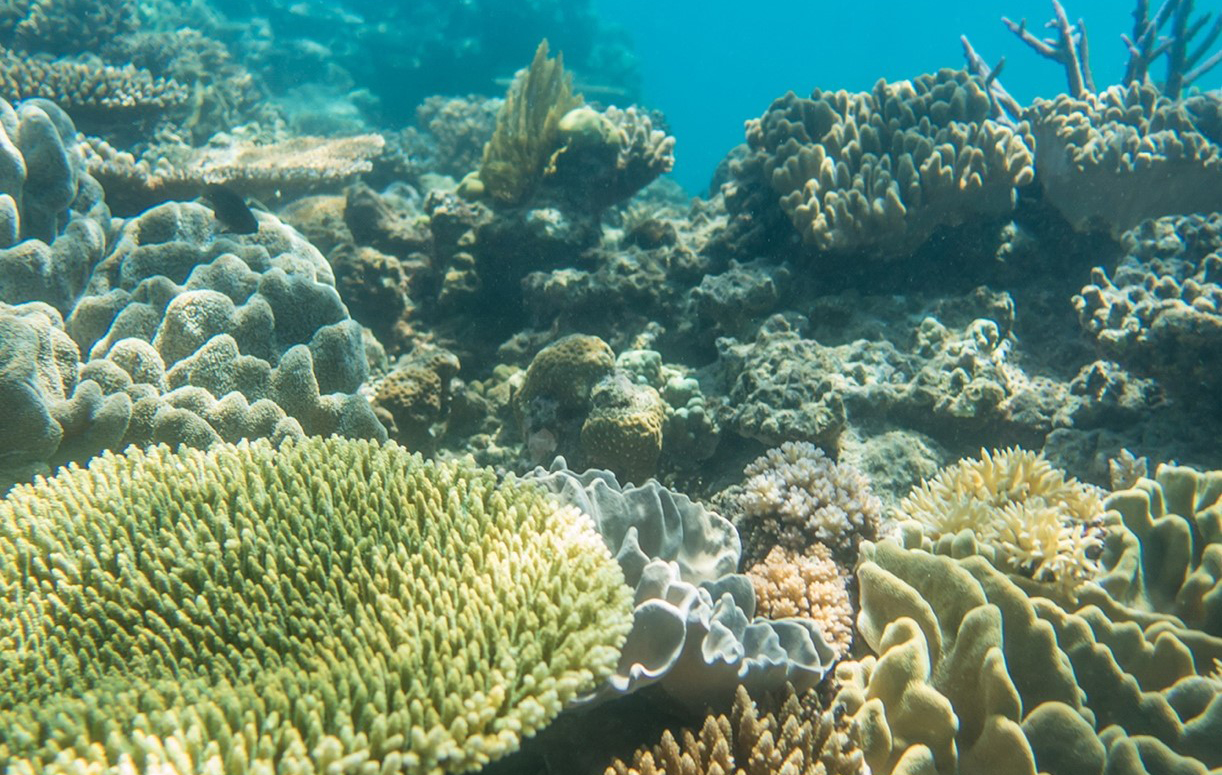Corals, Geo-Sociality, and Anthropocene Dwelling
DOI:
https://doi.org/10.31273/eirj.v10i2.979Keywords:
Great Barrier Reef, corals, geo-sociality, AnthropoceneAbstract
Foreboding reports of the Australian Great Barrier Reef’s peril signal not only a fraught politics but the site’s significance as a potent global environmental imaginary and Anthropocene signifier. In this paper I draw on the site’s ecological emergency and consider what humans could learn from coral life through its evolved fluid-dynamic and planetary relationships. Corals, I argue, offer novel insight into more-than-human ontologies, revealing constitutively solid-fluid ways of being responsive to planetary flux and churn. The research responds to increased interest with multi-disciplinary more-than-human investigation of the ways in which human and nonhuman are inextricably connected, as well as work taking Anthropocene ideas as a generative epistemological and ontological opening.
Drawing on fieldwork in Cairns and on the Great Barrier Reef itself, I use embodied methods to trace encounters both above and below the water. The properties of water and fluidity lead me to contemplate further qualities that liquid and ocean phenomena bring to understanding planetary sociality, revealing a dimensionality and relationality beyond surface and fixed readings. Paradoxically, whilst corals and the Great Barrier Reef are commonly framed as needing our protection, they demonstrate enduring structural resilience and tenacity. Such qualities are highly relevant in contemplating strategies responsive to Anthropocene instability and flux.
Exchanges Discourse Podcast
Environmental Humanities & Transdisciplinary Research: In conversation with Justin Westgate [31:32]
Downloads

Downloads
Published
Issue
Section
License
Copyright (c) 2023 Justin Westgate

This work is licensed under a Creative Commons Attribution 4.0 International License.
Authors who publish with this journal agree to the following terms:
Authors retain copyright and grant the journal right of first publication with the work simultaneously licensed under a Creative Commons Attribution License (CC-BY), which permits use and redistribution of the work provided that the original author and source are credited, a link to the license is included, and an indication of changes which were made. Third-party users may not apply legal terms or technological measures to the published article which legally restrict others from doing anything the license permits.
If accepted for publication authors’ work will be made open access and distributed under a Creative Commons Attribution (CC-BY) license unless previously agreed with Exchanges’ Editor-in-Chief prior to submission.
Authors are able to enter into separate, additional contractual arrangements for the non-exclusive distribution of the journal's published version of the work (e.g., post it to an institutional repository or publish it in a book), with an acknowledgement of its initial publication in this journal.
Authors are permitted and encouraged to post their work online (e.g., in institutional repositories or on their website) prior to and during the submission process, as it can lead to productive exchanges, as well as earlier and greater citation of published work. (see: The Effect of Open Access)
